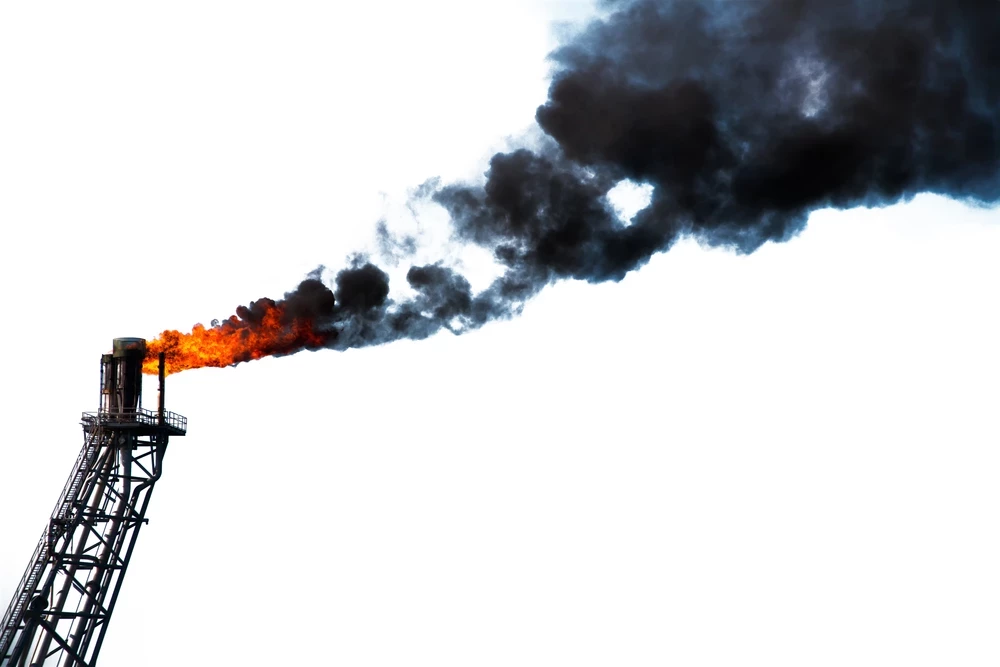HPHT Technology Facilitating Discoveries in Asia and Americas
Add bookmark
Last month, Halliburton announced that it had successfully used its new Hostile Sequential Formation Tester II (HSFT II), which will allow operators to evaluate high pressure, high temperature (HPHT) reserves in increasingly difficult conditions.
The HSFT II permits testing of pressures of up to 30,000 pounds per square inch (psi) and temperatures of 450F, in boreholes as small as four inches. It is currently the only commercially available formation testing tool that can be used in such HPHT conditions.
Accessing HPHT Reserves in Asia
In June this year, Halliburton evaluated Shell's Rashda A1 well in Libya using its HPHT wireline logging suite and HSFT II tool. The Houston-based firm conducted tests at temperatures of 420F and pressures of around 20,000 psi, which was a first for Shell.
The technology saves time and money as in such hostile conditions, drilling would usually have been "blind", with the low-risk option being to set up an intermediate liner to prevent formation damage. This involves considerable costs and non-productive time.
"With the new HSFT-II tool, five pressure points were successfully acquired, which revealed that the drilling operation could continue with minimal risk of a blowout," Halliburton reported.
Jonathan Lewis, vice-president of wireline and perforating, a Halliburton product service line, added: "The Rashda A1 pressure data was successfully collected at the highest temperatures ever attempted by Halliburton and provided the customer with very valuable information in the most difficult of downhole conditions."
Developments in the Americas
This is just one of many developments within HPHT technology, which is allowing operators to explore and extract oil in increasingly hostile environments.
"In the oil and gas industry, much of the low-hanging fruit has been picked, so the challenge will be to produce more oil, gas and coal from more difficult resources," said by Jorma Ollila, chairman of Royal Dutch Shell in a speech at the Koli Forum last month.
"For instance, new technologies allow companies to produce oil in ultra-deep waters in the Gulf of Mexico and off the coast of Brazil, and in ice-covered seas off the coast of Siberia and Alaska," he added.
Tupi
The pre-salt Campos and Santos basins are proving fruitful, with the first commercial oil production from the Tupi field commencing on May 1st this year.
Akers Solutions signed a deal with Petrobras last year to supply the first set of subsea trees, including control systems and related equipment for the development of the Tupi field.
The €45 million deal (£40 million) saw Akers Solutions use its HPHT knowledge to engineer technology capable of operating in the challenging conditions of Brazil's pre-salt layer. This included nine vertical subsea trees for 2,500 metres water depth and two complete tool sets plus related accessories and spare parts.
Marcelo Taulois, president of the company's subsea business area in Brazil, said: "The Tupi field will be a huge subsea development. It is a challenging development from a technological standpoint, but our HPHT expertise and deepwater technology puts us in a good position."
Campos Basin
Furthermore, Shell started production at its multi-field Parque das Conchas project in the Campos Basin in July. The oil reserves lie beneath waters nearly 2km deep, 110km off Brazil's south-east coast.
"We are proud of the many technologies this project advanced, the jobs it created and the investment it spurred," said Marvin Odum, Americas director for Shell Upstream.
Caesar-Tonga
This month saw Aspen Aerogels secure the contract to supply thermal insulation for the Caesar-Tonga subsea tieback to the Constitution spar in the Gulf of Mexico.
Aspen's Spaceloft product is qualified for HPHT subsea pipe-in-pipe applications, providing the lowest proven thermal conductivity of any insulation. The technology has already been installed in more than 250km of subsea pipelines in fields in offshore Brazil, Angola and the North Sea, as well as the Gulf of Mexico.





















